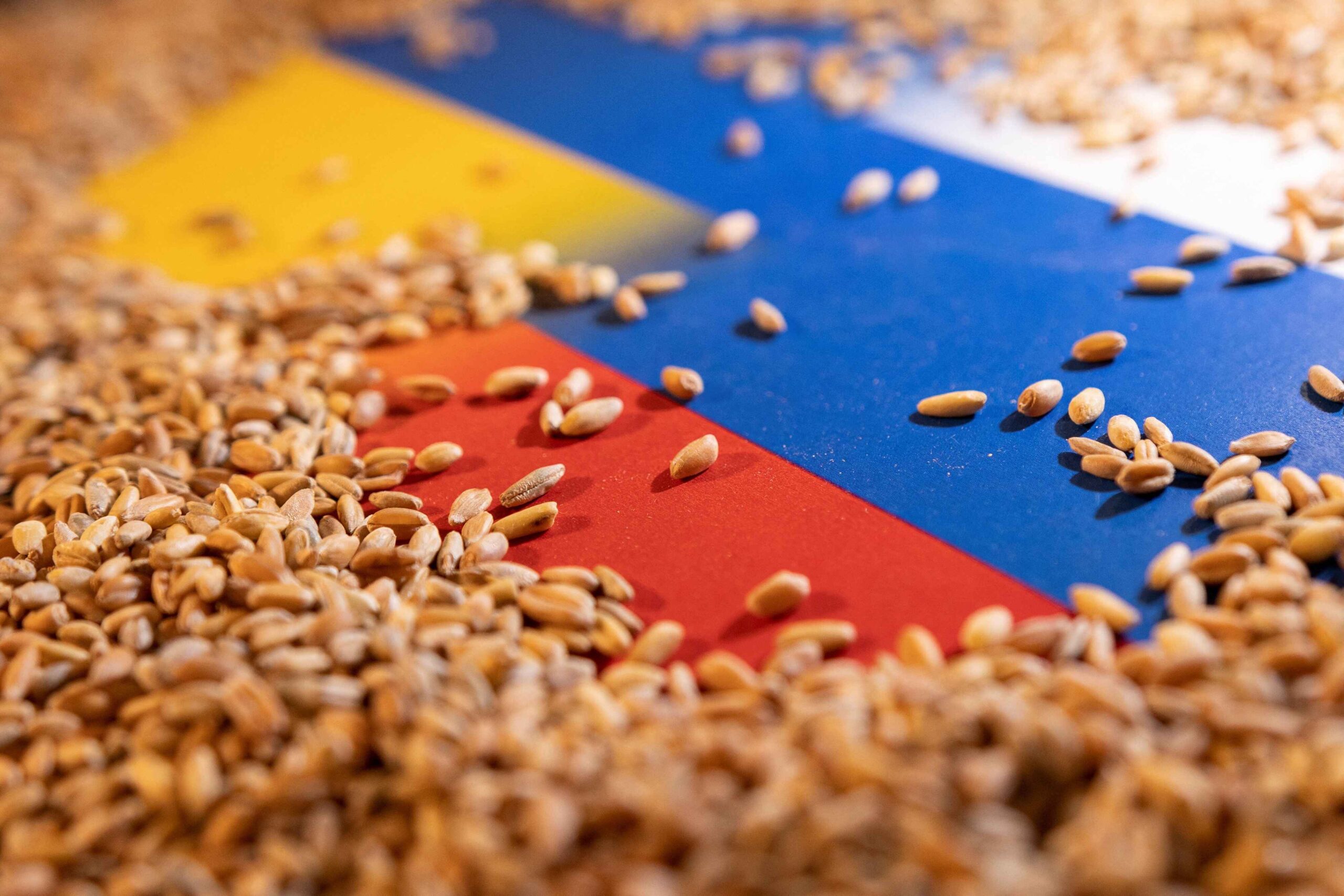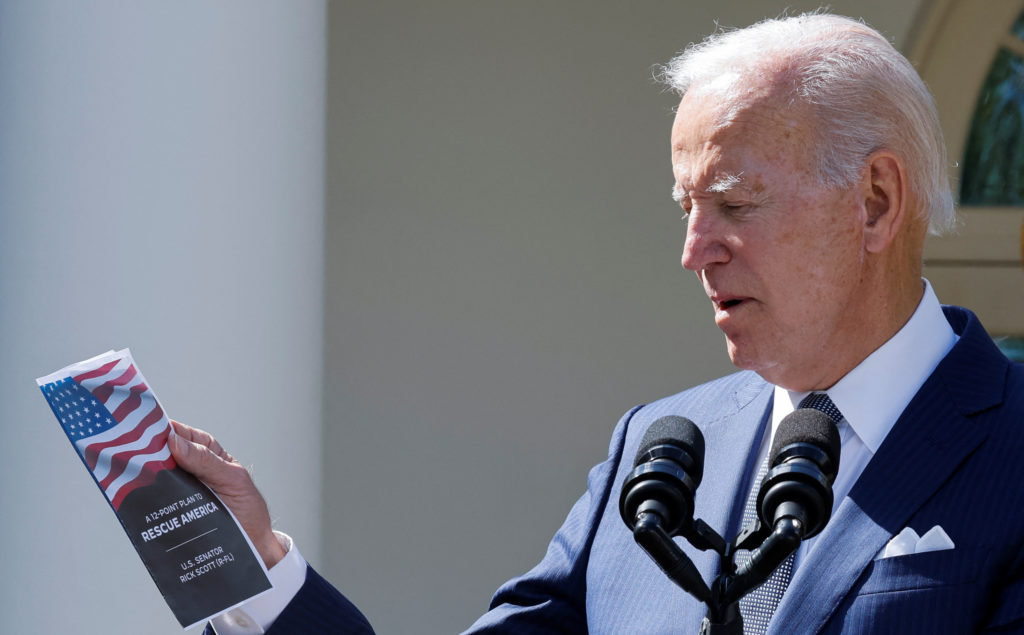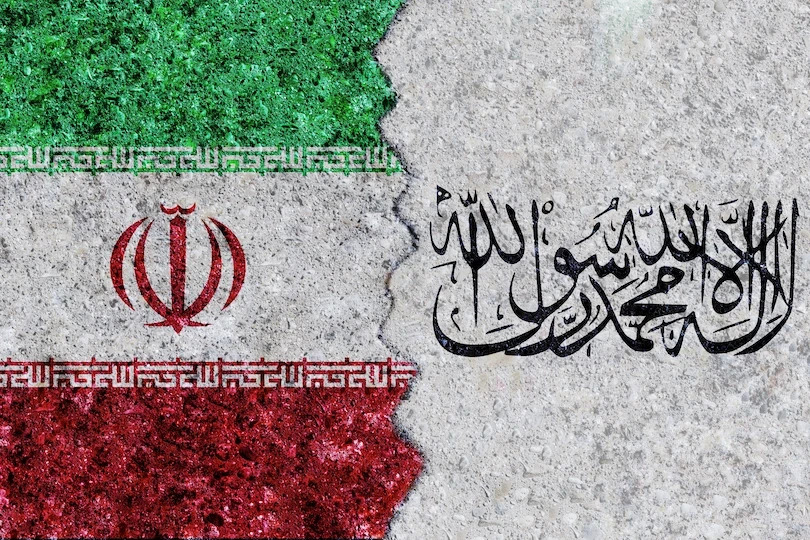The use of food as a weapon and a tool of war has been one of the fundamental causes of the greatest catastrophes humanity has faced throughout history, creating crises that have shattered states, plunged societies into turmoil, and led to famine and conflict.
Even today, food continues to be actively employed as a weapon and a tool of war, just as it has been throughout history. Despite humanity’s historical progress and development in democratic values, human rights, and universal moral principles, food and essential commodities remain among the most useful arguments in the arsenal of warring parties in the modern era.
The historical examples of using food as a weapon in warfare are plentiful. Indeed, since ancient times, inducing starvation in enemy cities and fortresses during sieges has been one of the most common military strategies. One of the most well-known examples of this is the strategies employed by the Roman Empire during the famous Punic Wars, which led to mass starvation among the people of Carthage and ultimately to Carthage’s surrender. However, this strategy was not unique to Rome in history. Throughout the Middle Ages and the Early Modern period, almost all states used food as a weapon in warfare. Particularly during wars, armies would destroy enemy farmland, poison water sources, or prioritize looting food stores. As a result of these actions, enemy populations would succumb to increased hunger and famine, lose the ability to fight, experience mass deaths, and ultimately be forced to accept defeat and withdraw from the conflict prematurely.
This widespread strategy, used since ancient times, continued to be actively employed by states and armies in the 20th century as well. Especially after the Russian Revolution, the Soviet Union implemented a deliberate strategy of withholding agricultural products from Ukraine, resulting in a famine known as the Holodomor and mass deaths. The Soviet authorities aimed to crush the libertarian resistance in Ukraine and force the Ukrainian people to comply with Sovietization policies.
Similarly, during the Cold War, various embargoes were imposed by countries to stop and hinder food supplies, causing food prices to rise, supply issues, and food crises in rival countries.
These historical examples demonstrate that the use of food as a weapon in warfare has been a widespread and effective strategy throughout human history, targeting one of humanity’s most basic needs. Such actions and strategies continue to be employed today. In the Russia-Ukraine conflict, Russia has been blocking access to food, as has Israel in the Israel-Palestine conflict, using it as a war strategy. Consequently, significant levels of mass starvation, particularly among children and women, have emerged, leaving societies facing hunger and death.
In the 21st century, the international community must take serious measures regarding this issue. In the midst of food crises and human suffering, the international community should make high-level efforts to establish an agreement banning the weaponization of food. Comprehensive agreements with deterrence capabilities should be put in place to prevent the military use of food, and access to food and basic nutritional needs for civilian populations in conflict zones should be ensured.
This article was written by Umut Guner.



